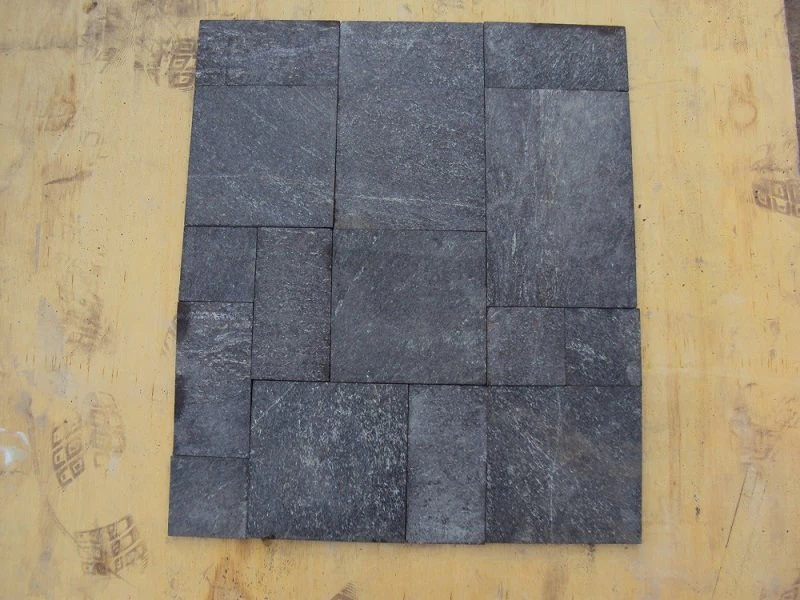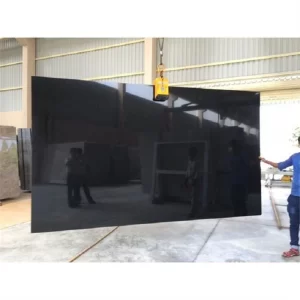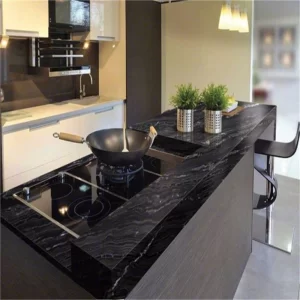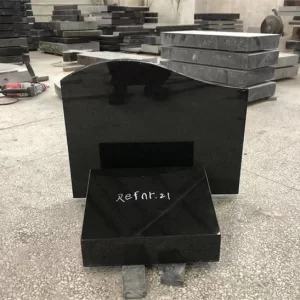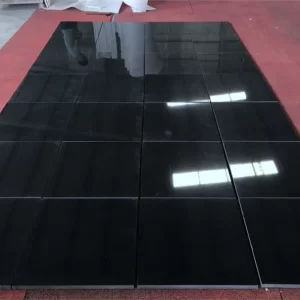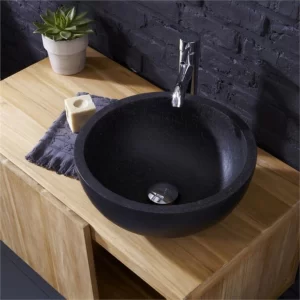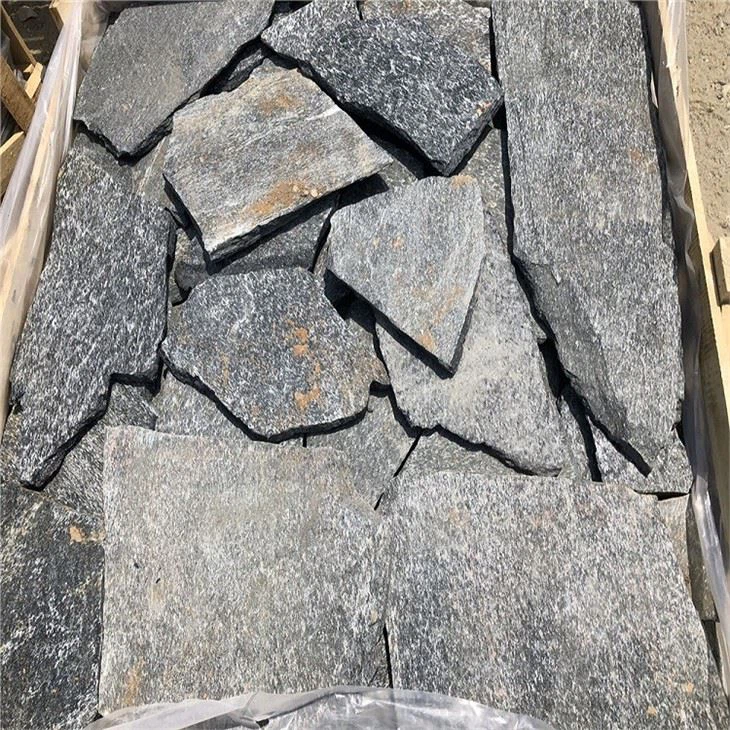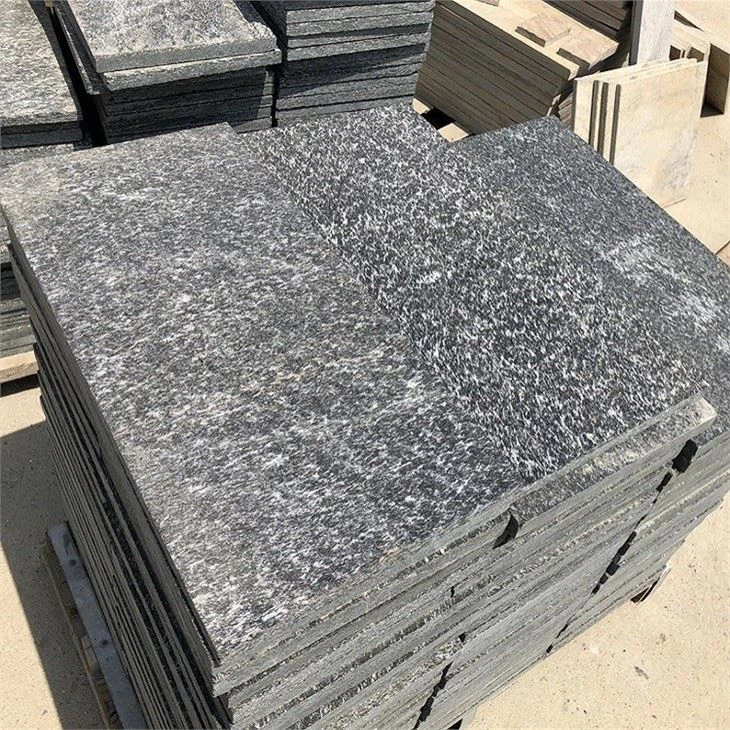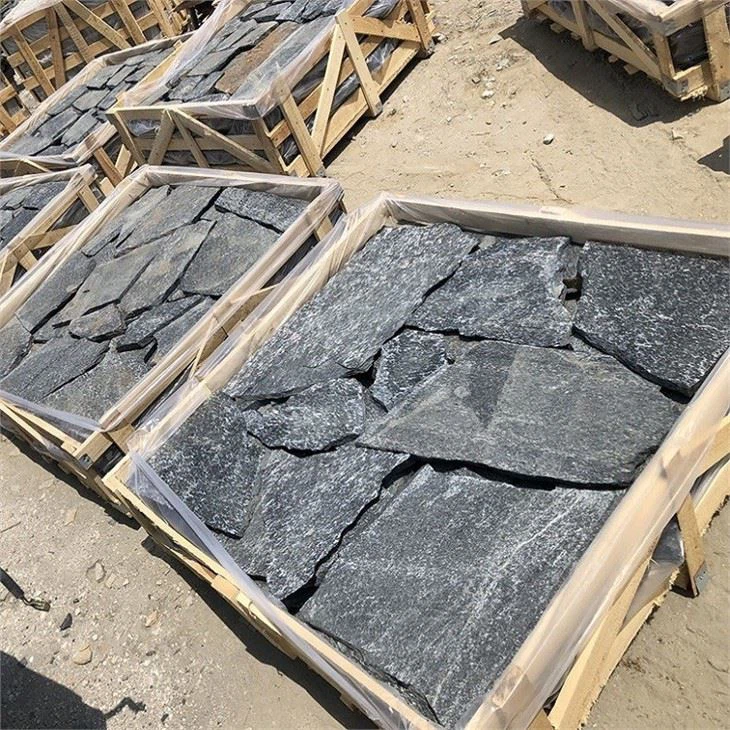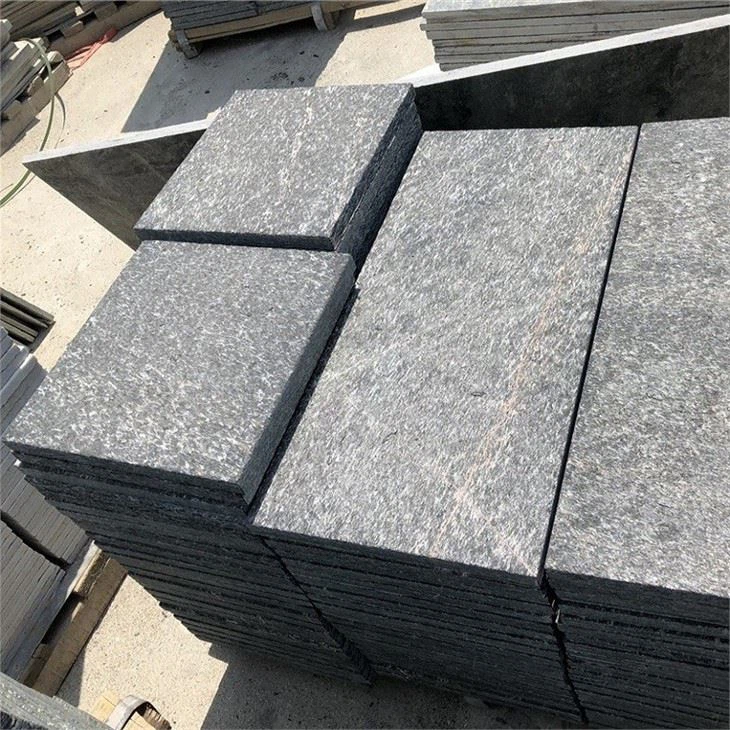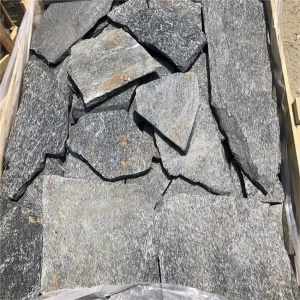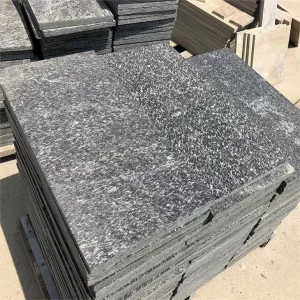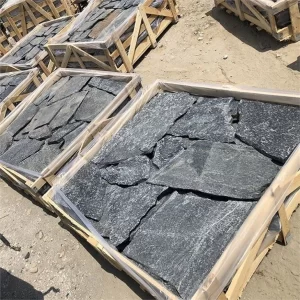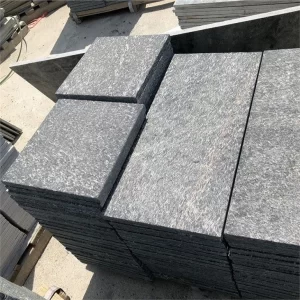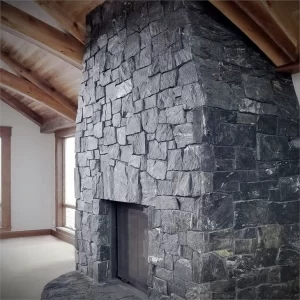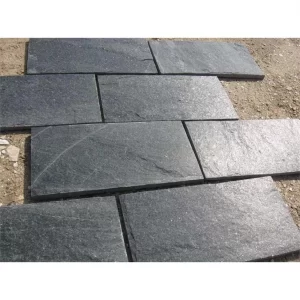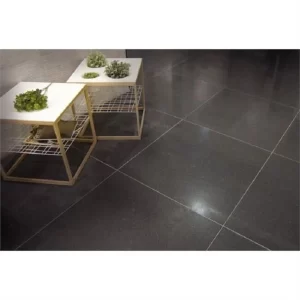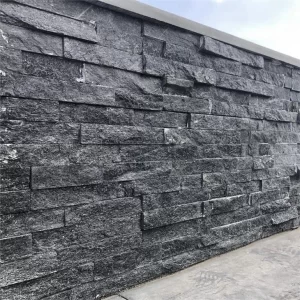Quartzite sandstone is an intermediate stage between sandstone and quartzite. Perovskites are still considered sedimentary rocks, but they are extremely high in quartz. However, it is difficult to pinpoint the transition from sandstone to quartzite. Some geologists use the term “quartzite” to refer to metamorphic rocks composed almost entirely of quartz. Here, quartzite is identified by the way it fractures at grain boundaries and perlite around it. Other geologists simply identify “quartzite” as tightly cemented rock found above or below a belt of sedimentary quartzite.
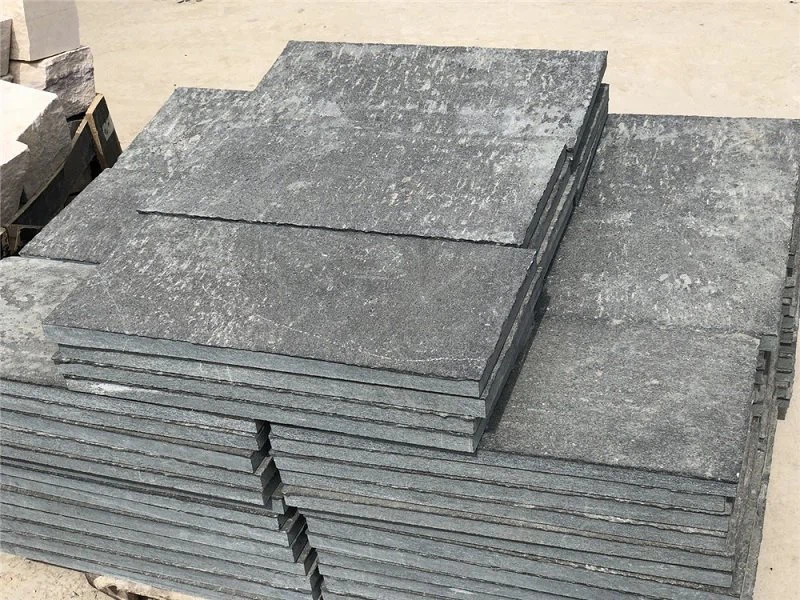
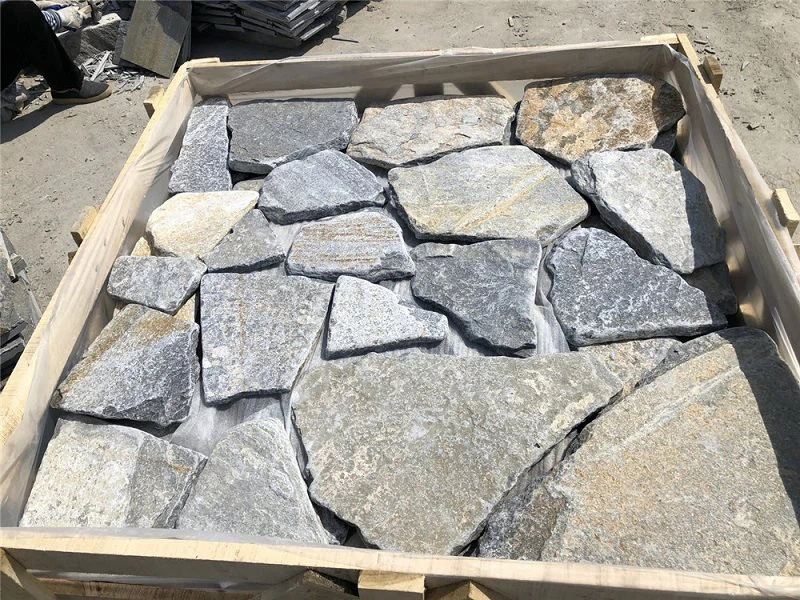
What is difference between Natural Quartzite and Quartz?
Quartzite is a metamorphic rock, while quartz is an igneous rock crystallized from magma or deposited around hydrothermal vents. Sandstone under pressure becomes quartz sandstone and quartzite, but quartzite does not become quartz. The construction industry makes things more complicated. If you buy “quartz” for your countertop, it’s actually an engineered material made of crushed quartz, resin, and pigment, not natural rock.
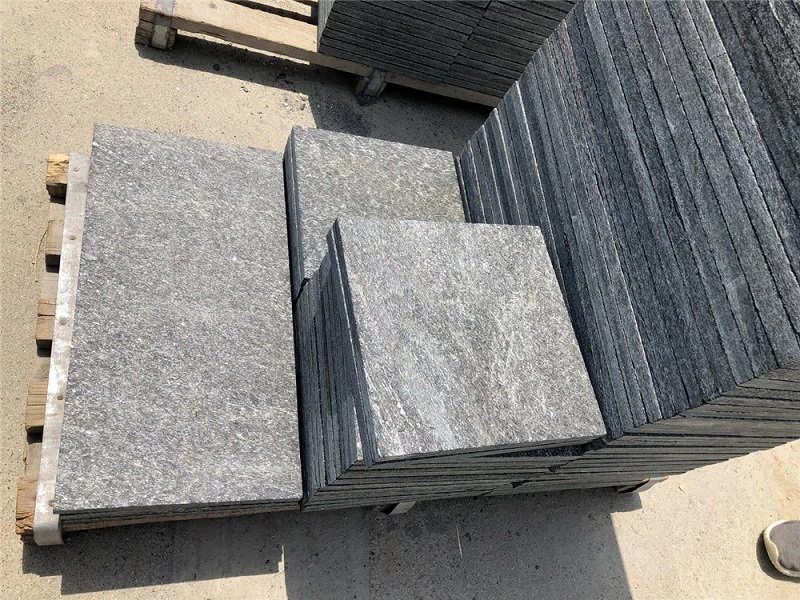
What is difference between Natural Quartzite and Marble?
Another rock that is often confused with quartzite is marble. Both quartzite and marble tend to be light-colored, leafless rocks. Despite having a similar appearance, marble is a metamorphic rock made from recrystallized carbonate minerals rather than silicates. Marble is softer than quartzite. A good test to tell the difference between the two is to add a little vinegar or lemon juice to the rocks. Quartzite is impermeable to weak acids, but marble foams and retains marks.
